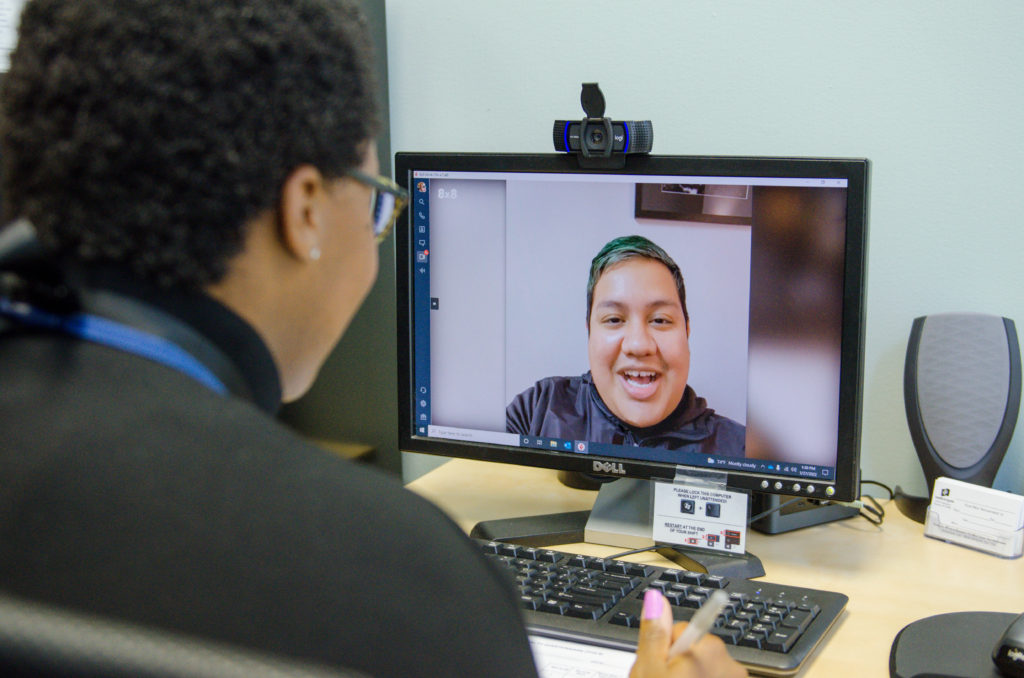Within medical circles, the pivot from in-the-office appointments to virtual ones via telehealth has proven for some to be tricky – both from a logistics standpoint and the ways in which health care providers interact with their patients. Here’s a rundown of what many providers have learned as they see more and more patients via telemedicine.
Logistics
You’ve likely found that not all patients are comfortable with technology. To help ensure that appointments are efficient and problem-free, many practices have added a telehealth coordinator position to their staffs. Telehealth coordinators can take care of administrative tasks like insurance and billing, but they’re mostly there to ensure that patients are logged on and ready to go at the appointed time. They’re there to troubleshoot any issues that might arise.
It’s always a good idea to make spot checks to see that your technology is working properly, particularly your internet and wireless connectivity. Make sure your space is lit well, including your face which can fall into shadows if you don’t get the lighting right.
And be sensitive to your patients’ needs. Do they need an interpreter or have a physical impairment that may require certain accommodations? One study found recently that almost three in five patients who are visually impaired ran into problems when using telemedicine. Having a family caregiver nearby can often alleviate potential problems.
Web-side Manner
Not all patients feel comfortable disclosing intimate details about the reason for their visit in a virtual setting, especially if it’s their first visit with you. It’s important to take steps that increase a patient’s comfort level, and that can start with putting yourself in a room that is nonthreatening with soothing light and surroundings.
Most important is your level of engagement. Many providers have made the mistake of assuming they could multitask during a telehealth appointment or let themselves be distracted by activity around them, such as demands from their kids, something on the stove, or a ringing telephone. You owe your patients your full attention, just as you would give them in the examining room at your office, so if you are working from home, make sure you have a private, quiet area where you won’t be interrupted.
“Speak clearly and physically show them that you’re listening by nodding your head and acknowledging them,” says Erika Slagel-Perry, LPN School Program Manager, Community Health Center of the New River Valley. “In virtual conversations, it can be easy to get distracted, so being able to maintain focus on your patient is key.”
We’ve all been on those Zoom calls where we can tell who is not really engaged or paying attention. Your patient can tell too.
Slagel-Perry also advises giving patients the time to find their voice. If they admit to not feeling well, for example, stop and give them the time to convey their feelings and find their voice before moving on.
One of Slagel-Perry’s colleagues, Janie Kelly, LPC, reminds us that it’s just as important for patients to find that quiet space as well. She says that some of her patients take their appointments from their cars because it’s a place where they won’t be interrupted.
“We have to remind patients that this is one-on-one time, just like they’re in the office,” she says. “It used to be, ‘well, I think I can multitask while my kids are home,’ and then they spend half their time telling their kids to wait or doing laundry or answering the door. This is their time.”

